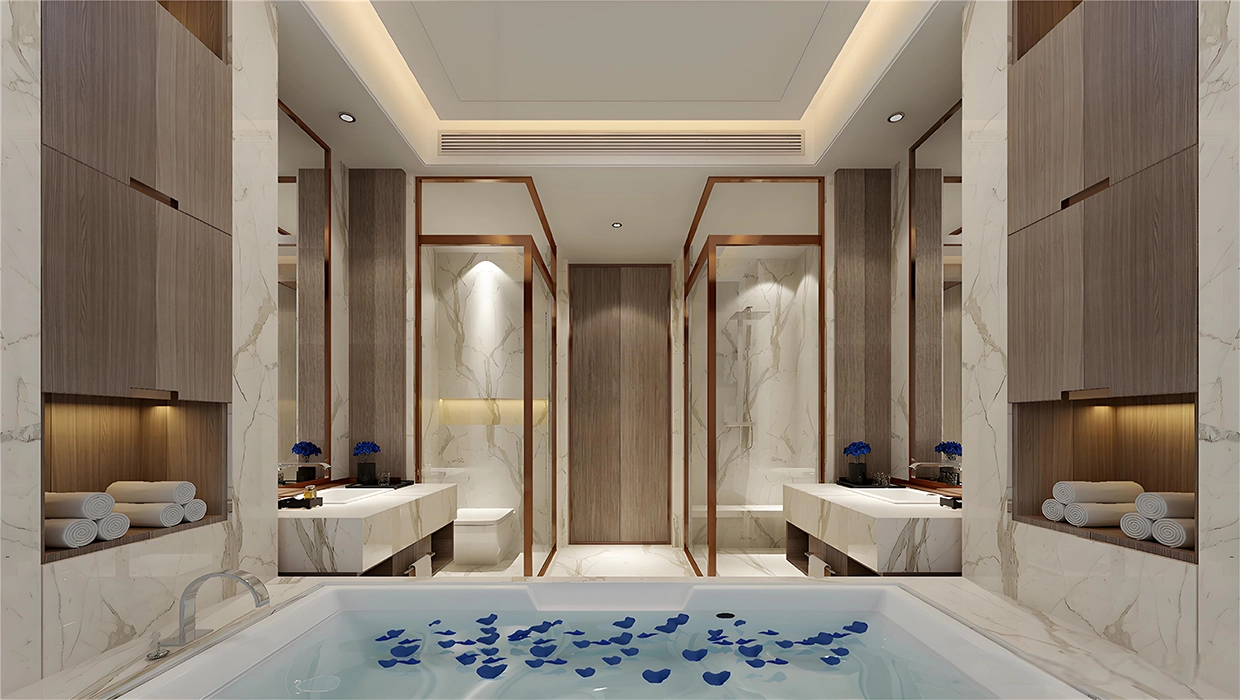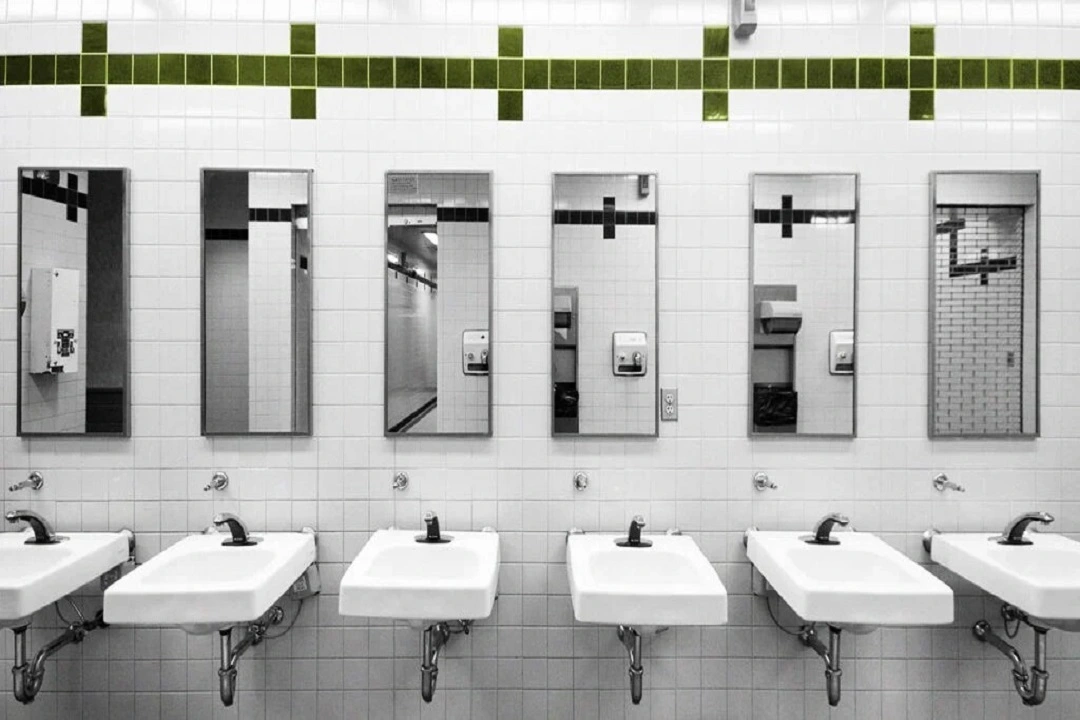Search

As a restaurant owner, you know that the washroom is an essential part of the customer experience. A well-maintained and well-equipped washroom can leave a positive impression on your customers, while a poorly maintained and outdated washroom can have the opposite effect. In this article, we'll discuss how you can upgrade your restaurant washroom equipment to improve the customer experience.
Upgrading your restaurant washroom equipment can provide numerous benefits, including:
Improved hygiene: Newer equipment is often designed with improved hygiene features such as touchless faucets, automatic soap dispensers, and motion-sensor flush systems.
Better user experience: Outdated equipment can be frustrating for customers to use, leading to longer wait times and uncomfortable experiences. Upgrading to newer equipment can provide a more efficient and comfortable experience for your customers.
Energy efficiency: Newer equipment is often designed to be more energy-efficient, reducing your operating costs over time.
Compliance with regulations: As regulations and standards change over time, upgrading your equipment can ensure that your restaurant stays compliant with health and safety regulations.
Now that we've established the importance of upgrading your restaurant washroom equipment, let's discuss how you can go about doing it.
Conduct an assessment: Start by conducting an assessment of your current equipment. Make note of any outdated or malfunctioning equipment, and identify areas where you could improve the user experience.
Determine your budget: Once you have identified the equipment you need to upgrade, determine your budget for the project. Consider the long-term cost savings of investing in energy-efficient equipment.
Research equipment options: There are numerous options available for restaurant washroom equipment, so it's important to do your research. Consider factors such as durability, ease of maintenance, and user experience when selecting your equipment.
Install the new equipment: Once you have selected your new equipment, work with a professional to install it. Proper installation is essential to ensure that the equipment works as intended and complies with safety regulations.
Train your staff: Ensure that your staff is trained on how to use and maintain the new equipment. This will help to ensure that the equipment remains in good condition and that it is used as intended.





